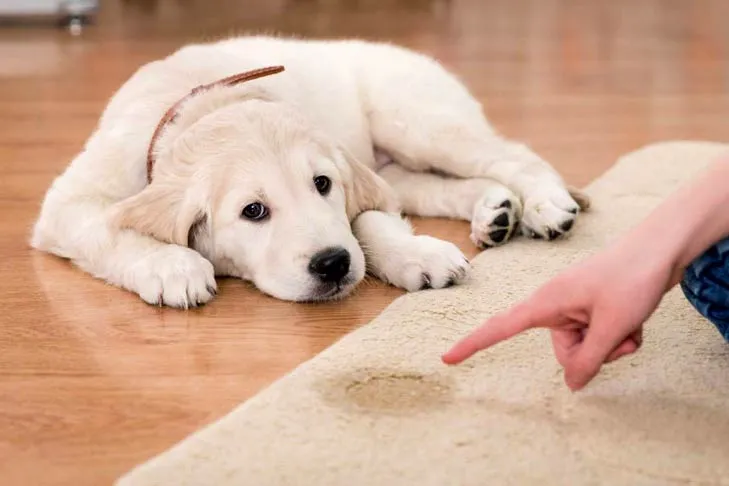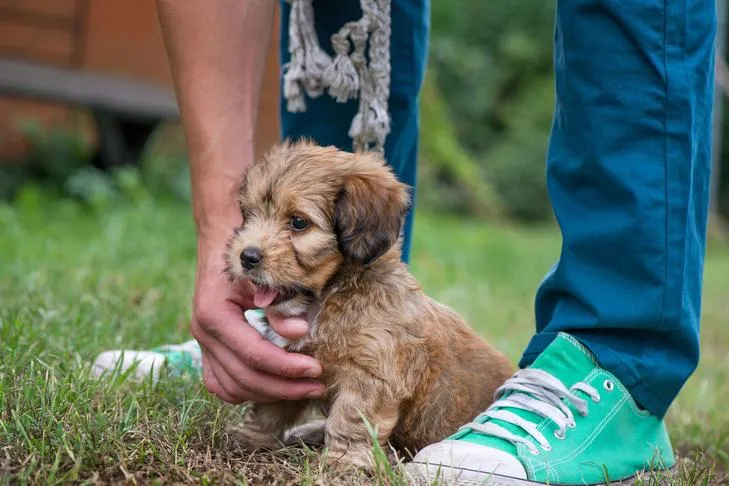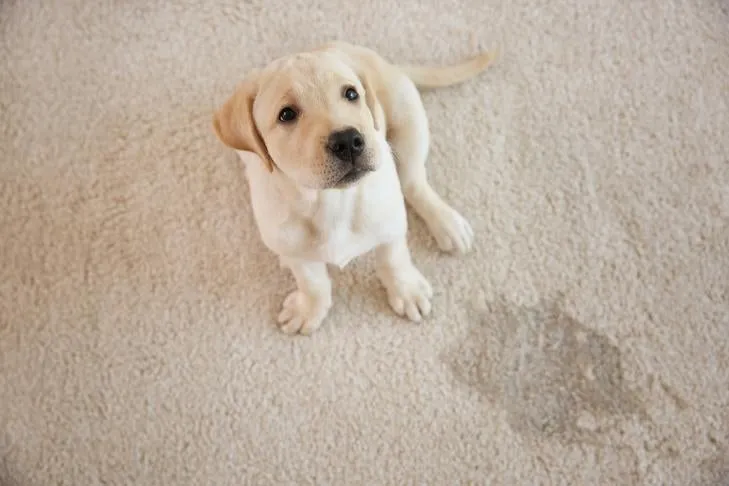Potty training a puppy is one of the most fundamental and rewarding aspects of welcoming a new furry family member. Establishing good habits early on sets the foundation for a harmonious relationship and a clean home. While the journey might seem daunting, with patience, consistency, and the right approach, you can successfully potty train your puppy. This guide will walk you through proven methods, essential schedules, and common troubleshooting tips to ensure a stress-free experience for both you and your canine companion.
Why Potty Training is a Top Priority
Bringing a puppy home marks the beginning of an exciting adventure, filled with learning and growth. Among the many skills your puppy needs to acquire, from understanding their name to mastering basic obedience, house-training stands out as a critical early lesson. It’s not just about preventing accidents; successful potty training fosters a sense of routine, promotes good behavior, and is crucial for maintaining a hygienic living environment. By prioritizing house-training, you’re building a strong foundation for a positive bond with your puppy and setting the stage for a lifetime of good manners.
Proven Potty Training Methods for Puppies
Effective potty training relies on understanding your puppy’s needs and employing consistent strategies. Several tried-and-true methods can lead to success, provided they are implemented diligently.
Crates: A Powerful Potty Training Ally
Dog crates are invaluable tools that simplify many aspects of dog ownership, from vet visits to travel. More importantly, they serve as a highly effective aid in potty training. Dogs are naturally den animals and seek out enclosed spaces for security. Providing a crate allows you to leverage this instinct. The principle behind using a crate for housetraining is rooted in a dog’s innate cleanliness. They instinctively avoid soiling their sleeping and resting area.
It is crucial to select a crate that is appropriately sized – just large enough for your puppy to stand up, turn around, and lie down comfortably. A crate that is too large can inadvertently encourage your puppy to use one corner as a bathroom. Many crates come with adjustable dividers, allowing you to customize the space as your puppy grows.
When your puppy feels the urge to eliminate, they will typically signal this by whining or scratching at the crate door. This is their way of communicating that they need to go outside immediately. If you allow accidents to happen inside the crate, your puppy may begin to associate their den with elimination, which can complicate the potty training process.
 A Golden Retriever puppy sitting on a rug with an accident in front of it.
A Golden Retriever puppy sitting on a rug with an accident in front of it.
Puppy Pads and Paper Training: A Nuanced Approach
While puppy pads and paper training can be useful in specific circumstances, they can also present challenges. The primary difficulty lies in reinforcing two distinct locations for elimination: indoors and outdoors. Ideally, puppies should learn to hold their bladder until they are taken outside to a designated spot. However, for owners with demanding schedules or those living in harsh climates, indoor options may be necessary.
Puppy pads provide an approved indoor spot for your puppy to relieve themselves. There are also specialized indoor dog potties designed for puppies. Once your puppy has matured and developed better bladder control, you can transition to solely outdoor potty training.
Establishing a Consistent Housetraining Schedule
Consistency is the cornerstone of successful housetraining. Puppies possess small bladders, and their systems process food and water quickly. Therefore, providing ample opportunities for them to relieve themselves is paramount.
A general guideline for bladder control is that puppies can typically hold it for the number of hours corresponding to their age in months, up to around nine to twelve months. For instance, a six-month-old puppy might reasonably be expected to hold it for approximately six hours. However, it’s essential to remember that ten to twelve hours is a significant duration for any puppy, and individual capabilities will vary.
To create an effective schedule, carefully observe your puppy’s daily habits and triggers. Very young puppies will need frequent trips outside, including:
- First thing in the morning and last thing at night.
- Immediately after playing indoors.
- Upon waking up from a nap or after time spent in their crate.
- After eating, drinking, or chewing on a toy or bone.
This routine might involve taking your puppy out a dozen or more times in a 24-hour period. If you work outside the home, it’s vital to make arrangements to maintain this schedule, such as enlisting the help of a dog walker or a trusted friend or family member to take your puppy out during the day.
The sooner you instill the understanding that there is an approved potty location and certain areas are off-limits, the faster you can move past this messy phase.
 A Beagle puppy on a leash walking in the grass.
A Beagle puppy on a leash walking in the grass.
Vigilant Observation and Supervision
Close observation of your puppy is key to understanding their individual signals and rhythms. Some puppies may have greater bladder control than others, while some might need to go out every time they become excited or engage in play. Others might pause mid-play to eliminate and then resume their activity. Just like human babies, each puppy’s potty habits are unique.
Managing Your Dog’s Diet for Potty Training Success
Puppies have developing digestive systems, which means they require smaller, more frequent meals. It is generally recommended to divide your puppy’s daily food intake into three small meals. Furthermore, feeding a high-quality puppy food is essential. Ensure the chosen food agrees with your puppy’s system.
Monitoring your puppy’s stool consistency is an excellent indicator of their digestive health and can signal the need for dietary adjustments. If your puppy consistently produces loose, bulky, or malodorous stools, it’s advisable to consult your veterinarian. They may suggest transitioning to a different puppy food. Overfeeding can also lead to diarrhea, which will undoubtedly complicate your potty training efforts.
 A Cavalier King Charles Spaniel standing next to its food bowl at home.
A Cavalier King Charles Spaniel standing next to its food bowl at home.
Rewarding Your Puppy for Successful Outdoor Elimination
Punishing a puppy for having an accident indoors, especially after the fact, is generally ineffective. The most impactful approach is positive reinforcement for doing the right thing. Celebrate every successful outdoor elimination as a significant achievement.
Be generous with your praise: cheer, clap, and offer small, high-value treats. Make your puppy feel like a star every time they relieve themselves in the appropriate spot. Ensure the treats are small and easily digestible.
If your puppy does have an accident indoors, avoid making a fuss. Simply clean up the mess thoroughly. Crucially, use an enzymatic cleaner that specifically eliminates odors. This prevents your puppy from being drawn back to the same spot due to lingering scents. For carpet accidents, blot up as much liquid as possible before applying the cleaner.
If you witness your puppy starting to squat to urinate or defecate indoors, gently pick them up and immediately take them outside to their designated potty area. If they complete their business outdoors, shower them with praise and attention. Remember, prevention and positive reinforcement are the cornerstones of successful housetraining.
 A puppy being trained in the grass.
A puppy being trained in the grass.
Troubleshooting Common Housetraining Challenges
Adhering to these principles typically leads to a well-house-trained puppy. However, challenges can arise.
Sometimes, house soiling can be indicative of an underlying medical issue. If your puppy appears to be struggling significantly with housetraining, a thorough veterinary check-up is recommended, especially before they reach several months of age. If your veterinarian confirms your puppy is healthy, the next step may involve consulting a professional dog trainer or behaviorist with experience in addressing house-soiling issues.
“My Dog is Piddling All Over the House!”
This is a common concern, particularly among owners of small breeds. Some trainers advocate for teaching these puppies to use indoor potty spots, similar to a cat’s litter box. In addition to puppy pads, specialized indoor dog potty boxes are available. With consistent training, even small dogs can be successfully house-trained, though it may require additional time, attention, and effort.
“My Dog Keeps Peeing in the Same Spot Where They Had an Accident”
This often occurs because the initial accident was not thoroughly cleaned. Residual odors can signal to your puppy that the area is an acceptable potty spot. Ensure your essential puppy supplies include plenty of pet stain enzymatic cleaners and follow their usage instructions carefully.
 A Yellow Labrador retriever puppy sitting on carpet at home next to a pee accident.
A Yellow Labrador retriever puppy sitting on carpet at home next to a pee accident.
“I Gave Them the Run of the Apartment. When I Came Home, There Was a Mess.”
This is a frequent oversight by dog owners. Observing early signs of progress can lead to declaring victory prematurely. Even when your puppy is consistently performing as desired, it’s crucial to maintain the established schedule to solidify good habits.
“They’re Soiling Their Crate!”
For rescued dogs who may have experienced prolonged confinement without opportunities to eliminate, soiling their crate can become a learned behavior. The most effective approach is to revert to basic crate and house training principles. This involves:
- Assessing your dog’s bladder and bowel control when outside the crate.
- Carefully managing their diet and maintaining a consistent schedule.
- Providing frequent trips outside, including after meals, first thing in the morning, and last thing at night.
- If you will be away from home for extended periods, arrange for a dog walker or a trusted neighbor to let your dog out.
- Always thoroughly clean any accidents inside the crate to eliminate all residual odors.
How Long Does Puppy Potty Training Typically Take?
The duration of puppy potty training can vary significantly. Factors such as your puppy’s age, previous learning experiences, and your consistency in applying training methods all play a role. An 8-week-old puppy’s developmental stage differs greatly from that of a 5-month-old. While some puppies master housetraining within a few days, others may require several months, particularly if they come from less-than-ideal previous circumstances.
However, with unwavering patience and persistent effort, most dogs can achieve successful housetraining.
